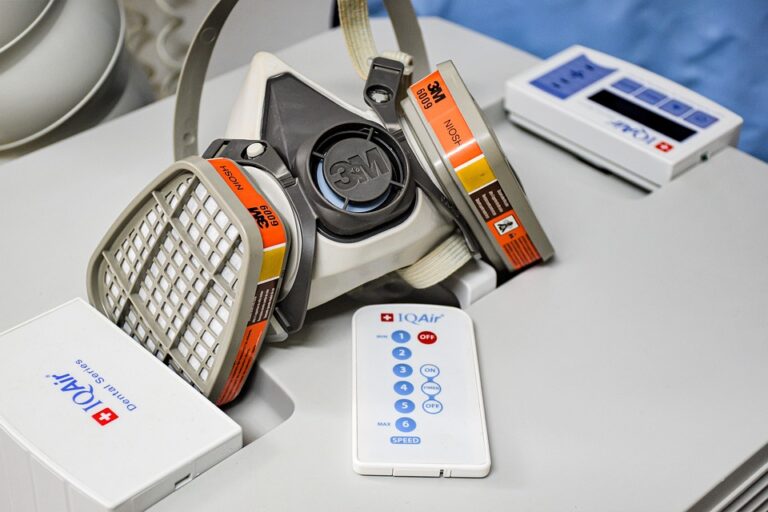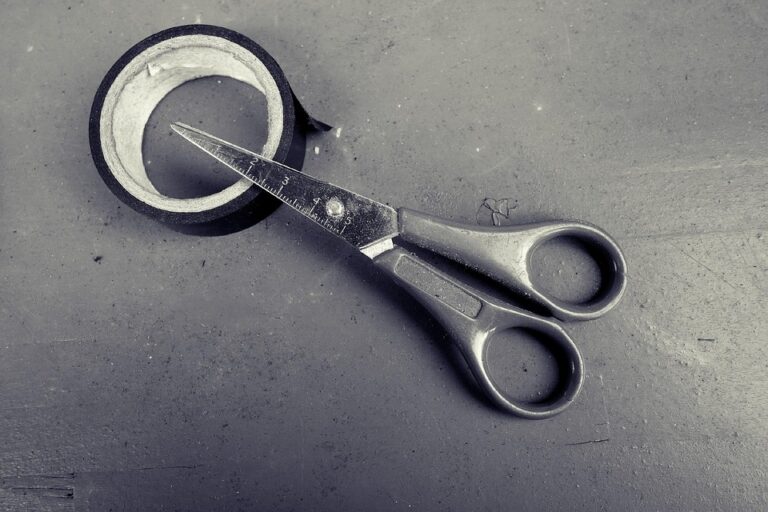how to remove double sided tape from the wall
[ad_1]
Double-sided tape is a versatile tool for hanging lightweight items on walls without the commitment of nails or screws. However, when it’s time to remove the tape, you might face a sticky situation, literally! Removing double-sided tape incorrectly can lead to peeled paint, damaged wallpaper, or stubborn residue. This article provides a comprehensive guide on how to remove double-sided tape from walls safely and effectively, minimizing any potential damage.
Understanding the Challenge
The difficulty in removing double-sided tape lies in its adhesive properties. It’s designed to bond strongly to both surfaces it touches. The challenge is to break this bond without pulling off the wall’s finish. Different types of double-sided tape exist, from light-duty tapes for paper to heavy-duty tapes designed to hold significant weight. The stronger the tape, the more cautious you need to be during removal.
Preparation is Key
Before you start, gather your supplies. Having everything readily available will streamline the process and prevent you from making hasty decisions that could damage your wall. Here’s what you might need:
- Hair Dryer or Heat Gun (Low Setting): Heat softens the adhesive, making it easier to peel away.
- Plastic Putty Knife or Scraper: A plastic tool is less likely to scratch the wall than a metal one.
- Goo Gone or Adhesive Remover: These products dissolve adhesive residue. Test in an inconspicuous area first!
- Rubbing Alcohol (Isopropyl Alcohol): A milder alternative to adhesive removers, good for less stubborn residue.
- Soft Cloths or Sponges: For applying cleaning solutions and wiping away residue.
- Warm Water and Soap: For general cleaning.
- Painter’s Tape: To protect surrounding areas if using strong solvents.
- Gloves: To protect your hands from chemicals and sticky residue.
- Safety Glasses: To protect your eyes, especially when using solvents.
Methods for Removing Double-Sided Tape
Here are several methods, starting with the gentlest and progressing to more aggressive approaches. Always test a small, inconspicuous area first to ensure the method doesn’t damage the wall’s finish.
1. The Heat Method
This is often the first and most recommended approach.
- Apply Heat: Using a hair dryer or heat gun on the lowest setting, direct the heat towards the tape for 30-60 seconds. The heat will soften the adhesive.
- Peel Carefully: Gently try to peel the tape away from the wall, starting at a corner. If it’s still difficult, apply more heat.
- Use a Plastic Scraper: If the tape is stubborn, use a plastic putty knife or scraper to gently lift the edge of the tape as you apply heat. Avoid forcing it.
- Clean Residue: After removing the tape, there might be adhesive residue left behind. Proceed to the residue removal methods below.
2. The Soap and Water Method
This is suitable for lighter-duty tapes and for cleaning up after other methods.
- Prepare Soapy Water: Mix warm water with a mild dish soap.
- Apply to Tape: Dampen a soft cloth or sponge with the soapy water and gently rub the tape. Allow the soapy water to soak into the tape for a few minutes.
- Peel Carefully: Try to peel the tape away from the wall. If it’s still difficult, reapply the soapy water.
- Wipe Clean: After removing the tape, wipe the area with a clean, damp cloth to remove any soap residue.
3. The Rubbing Alcohol Method
Rubbing alcohol is a mild solvent that can help dissolve adhesive.
- Apply Rubbing Alcohol: Dampen a soft cloth with rubbing alcohol (isopropyl alcohol).
- Rub the Tape: Gently rub the tape with the alcohol-dampened cloth. Allow the alcohol to sit for a minute or two to break down the adhesive.
- Peel Carefully: Try to peel the tape away from the wall. Use a plastic scraper if needed.
- Wipe Clean: After removing the tape, wipe the area with a clean, damp cloth to remove any alcohol residue.
4. The Adhesive Remover Method (Goo Gone, etc.)
Caution: Adhesive removers can be harsh and may damage some wall finishes. Always test in an inconspicuous area first. Use proper ventilation.
- Test in an Inconspicuous Area: Apply a small amount of adhesive remover to a hidden area of the wall (e.g., behind furniture) and wait a few minutes to see if it causes any damage.
- Apply Adhesive Remover: If the test is successful, apply the adhesive remover to the tape, following the product instructions.
- Allow to Soak: Let the adhesive remover soak into the tape for the recommended time.
- Peel Carefully: Try to peel the tape away from the wall. Use a plastic scraper if needed.
- Clean Thoroughly: After removing the tape, clean the area thoroughly with warm water and soap to remove any residue from the adhesive remover.
5. The Oil Method (Cooking Oil, Baby Oil)
Oil can sometimes help to loosen the adhesive. It’s a gentle option, but may leave an oily residue.
- Apply Oil: Apply a small amount of cooking oil or baby oil to the tape.
- Let it Soak: Allow the oil to soak into the tape for several minutes, or even hours.
- Peel Carefully: Try to peel the tape away from the wall.
- Clean Thoroughly: Clean the area thoroughly with warm water and soap to remove any oily residue.
Removing Adhesive Residue
After removing the tape, you might be left with stubborn adhesive residue. The methods described above for removing the tape can also be used for removing residue. Here are some additional tips:
- Magic Eraser: A Magic Eraser can sometimes be effective at removing residue, but use it gently as it can be abrasive.
- Baking Soda Paste: Mix baking soda with a small amount of water to create a paste. Apply the paste to the residue, let it sit for a few minutes, and then gently rub it off with a soft cloth.
- Repeat as Needed: You might need to repeat the cleaning process several times to remove all of the residue.
Preventing Future Problems
To avoid future difficulties, consider these preventive measures:
- Use Removable Mounting Putty: For lightweight items, removable mounting putty is a less aggressive alternative to double-sided tape.
- Use Command Strips: Command Strips are designed for easy removal and are less likely to damage walls. Follow the product instructions carefully.
- Consider the Weight: Don’t use double-sided tape to hang items that are too heavy for it.
- Test Before Applying: Always test a small piece of tape in an inconspicuous area to ensure it doesn’t damage the wall.
Conclusion
Removing double-sided tape from walls requires patience and a gentle approach. By understanding the adhesive properties of the tape and employing the appropriate removal method, you can minimize the risk of damaging your walls. Remember to always test any cleaning solutions in an inconspicuous area first and to work slowly and carefully. With the right tools and techniques, you can successfully remove double-sided tape and restore your walls to their original condition.
Frequently Asked Questions (FAQs)
[ad_2]






